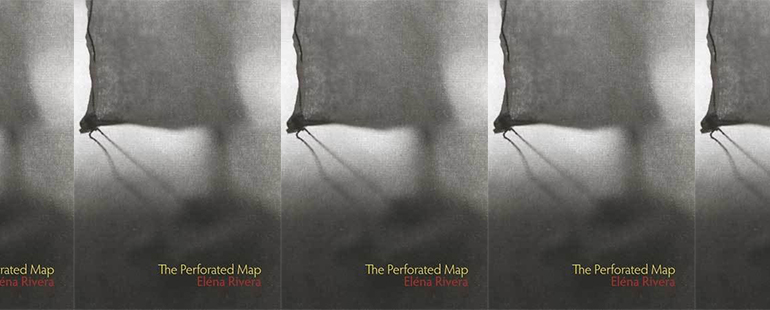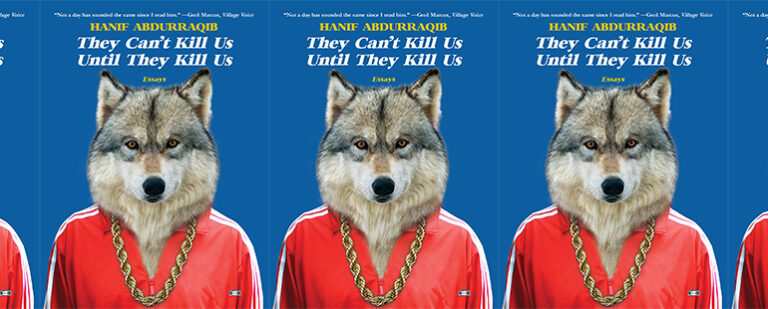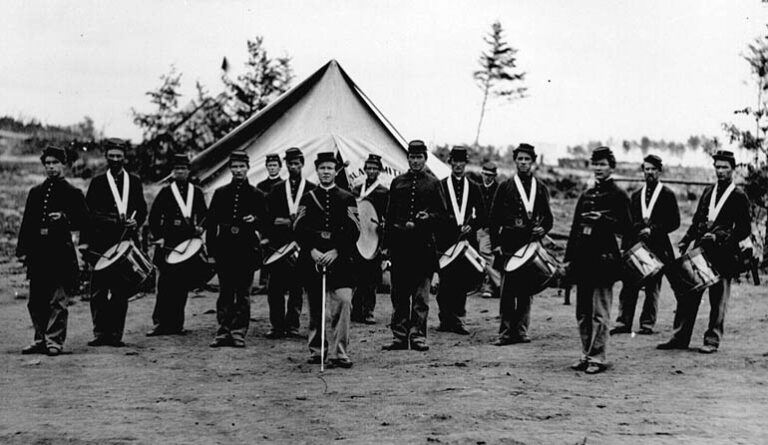The Perforation of Language in The Perforated Map

Because language is a collection of symbols and representations of our journey through the world, much of it is spatial. The term “plot,” for example, contains an implied cartography, and indeed, all maps tell stories, and story-writing is a kind of mapping. These ways of rendering meaning, however, are also tremendously subjective. Eléna Rivera’s The Perforated Map, a collection of experimental poetry published in 2011, fuses the relationship between maps and language, considering a paper map as a metaphor for language itself, one which can be pierced and punctured. To puncture a sentence or an entire poem means reaching through language’s strictures and expectations into what’s on the other side, and accessing language’s limits. Rivera considers the syntactical and metaphorical act of perforation as a way of liberating language from both the writer’s and the reader’s reifying expectations.
Rivera works professionally as a translator, and in The Perforated Map, it seems she is interested in the limitations of how bodily experience can translate into words. Thinking about language as a two-dimensional map reveals its walls and limitations, which allows us to ponder what else might exist in a third dimension. In order to achieve this, Rivera resists traditional narratives and, often, conventional syntax; we enter terra incognita and begin gathering known unknowns. In an early poem titled “Ars Poetica,” which functions as a tuning fork for the rest of the book, Rivera writes, “I am drawn to explore aspects, / features of the seen / heard, // which limp still catch light, / colors, twigs of hope.” Many of the scenes in the book are impressionistic, like viewing a map without one’s reading glasses, the blurriness suggestive but unclear. Rivera employs elemental language involving light and color as she investigates how piercing sentences and narrative conventions with white space, unconventional syntax, and a change in course from one phrase to the next can be radically freeing. Take a stanza such as this: “Forsake the name, birth will build bone / the structure of the precautionary impaled / in traffic, in countless trials of geography, / ground by the body’s explanation.” She does not allow the reader to find a place to rest in the sentence easily, nor does she let us get away with smoothly rolling by these words without a second thought. Instead, we are both compelled and alienated by this sentence, both caught on individual words and left without the footholds, such as an “I” or other personified point of view, we’re used to hanging onto—though a strong “I” emerges in other parts of the book.
Through selective deletion, Rivera conveys the inadequacy of words and sentences themselves, demonstrating that such symbols are small containers that cannot hold very much after all. And yet, she’s a poet and translator—words are her currency. Perhaps the more we learn about the capacities of the words we use, the further we step into the reality of our medium’s limitations and its restricted representational qualities. Rivera’s perforation implies it is possible to escape these limitations by piercing the map, but in order to puncture the surface, one must gain the self-awareness to realize it’s even there. And so, the poems are so experimental and unconventional that we cannot help but become aware of their language.
Nearly all the poems have spatial titles, including “Crossed Out,” “Suggestions at Every Turn,” “In the Frame of the Door,” and “Poem with a Line Drawn Across the Body.” Instead of employing description, Rivera is an architect, “build[ing] structures” as she approaches spatial considerations, or what Charles Olson called the “field” of the poem. In the critical essay “Projective Verse,” Olson writes of description’s “easiness” and “slackness,” and says that description can “sap the going energy of the content toward its form.” If description is a frivolous decoration that destroys the tension of a poem, perforation may be a way to tighten up the slack, redirecting the reader’s attention to the space the form takes up and the structure it’s building. A window is a puncture in a wall that allows us to see through and lets in the light. A piece of creative writing can also be a comfortable room (one thinks of how the word “stanza” comes from a word meaning “room”), but even with the puncture of a window, what happens when the walls of the building we’ve crafted still obscure our view of a greater reality? Rivera invites her readers to leave our rooms through the forms she establishes.
Rivera’s resistance to aesthetic expectation points to many of the political concerns of this book, specifically how perforation can be a form of activism. Rivera writes of news coverage of war, “first looming / then receding” and, “War’s flatulence fated to become history.” This is the way our culture tends to think of far-away tragedy, as a distant cloud we cannot touch. Some atrocities on our maps have been defined by their distance, not their urgency. The cultural touchstones in this book are few, but when Rivera does include them, she typically turns to sinister subject matter, to violence directed at a girl, to ritual suicide re-enacted in a feature film, and to enslavement, all cultural phenomena built around cruelty’s depressing predictability, in order to deepen the significance and purpose of disruptive perforation. In The Perforated Map, the act may represent a conceptual escape from the strictures of war and conservative family, from gender-based oppression and abuse, and from becoming imprisoned within the existing map of one’s own mind. Getting there, though, may feel like falling. And to be cartographically alienated as a reader can feel uncomfortable, like one’s perception of the work is unsteady or untrustworthy. Not everyone wants to feel defamiliarized through linguistic experiments, but in order to become aware of the linguistic map we are working upon, defamiliarization is necessary. One might extend this thinking to social change as well, that in order to perforate damaging social cycles we find ourselves re-enacting, we must first halt our guessing of what happens next. We’ve got to stop going with it automatically.
The final, titular poem in the book is a twenty-page, caesura-ridden journey through perforation, the “rapture / uncharted.” Here, Rivera achieves a pay-off for readers where the caesuras serve as punctures, and there are so few words on each page that it feels we have reached another level of freedom. The syntax reaches across space in a Niedeckerian fashion, the reader’s eye moving from landmark to landmark. This poem is a reconciliation with the limitations of language, “forced to face oneself / still a bright seed / just as real / dans n’importe quell langue.” The book ends on a hopeful note and names the purpose of continued wanderings: “Departing meant / a place / to go.” Meaning-making does give us purpose. Rivera points out that language itself prescribes how we conceptualize our stories and histories. A puncture is a way of drawing our attention anew, allowing us to reconsider these conceptualizations and imagine alternatives. What Rivera may be seeking for herself—and for all of us—is a kind of syntactical freedom, and perforation allows us to start where we are.


